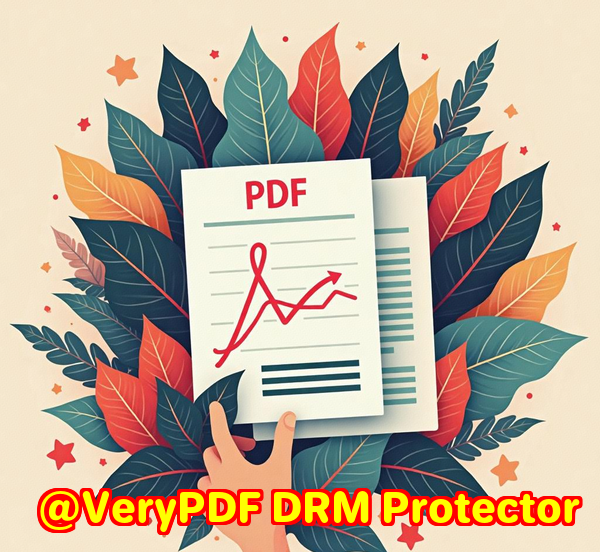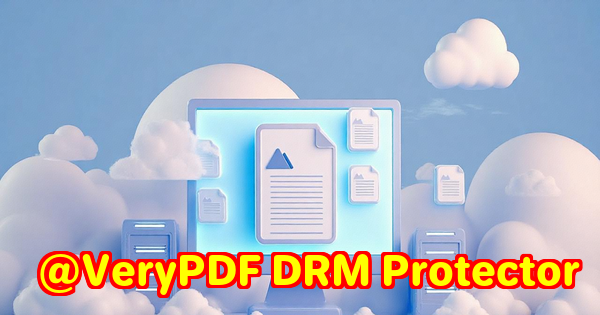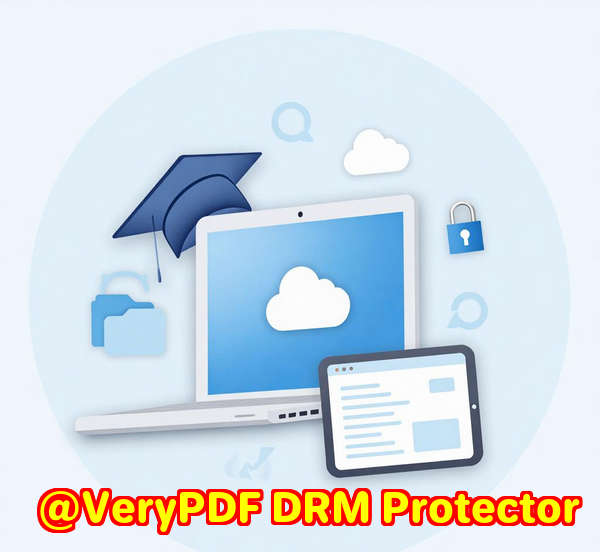Export DWG to HPGL and Maintain Plotting Precision for Construction Site Plans
As a project manager working on construction site plans, I often find myself handling massive amounts of AutoCAD DWG and DXF files. These files contain critical design elements and layouts that must be translated into precise plots, ready for high-quality printing and plotting on construction site printers.

The challenge? Ensuring that the plotting precision is maintained when converting these complex CAD files into formats suitable for plotting machines, particularly in HPGL format. Without the right tool, this process becomes cumbersome, and the output might lose the accuracy required for large-scale printing and construction.
In this article, I’ll walk you through how VeryDOC DWG to Vector Converter (DWG2Vector) helped me solve this issue, and why it’s become an essential tool in my workflow for handling DWG files.
What is VeryDOC DWG to Vector Converter?
If you deal with AutoCAD files daily, you’re probably familiar with the complexity of converting DWG and DXF formats to other scalable vector formats like PDF, SVG, or, in this case, HPGL. VeryDOC DWG to Vector Converter is a robust tool that allows you to batch convert these files to over 10 different vector formats, including HPGL, PDF, SVG, PS, EPS, and more. The real advantage of using this tool is its ability to preserve every bit of detail and plotting precision when converting AutoCAD drawings into these formats, making it the perfect solution for construction projects.
Who Will Benefit from This Tool?
This tool is ideal for professionals who work in industries where CAD drawings are crucial, such as:
-
Construction Managers needing to convert CAD drawings into various formats for site plans.
-
Engineers and Architects who often need to export DWG or DXF files for use with plotting machines.
-
CAD Technicians who must ensure the accuracy and integrity of every converted drawing.
-
Printing Companies requiring accurate conversions of CAD files for high-quality plot printing.
The Real Problem: Losing Plot Precision
I’ve been there beforestanding in front of a massive plotter, trying to print a detailed site plan from a converted DWG file. When the file was converted using some tools I had tried in the past, the plot’s precision was off. Lines weren’t as sharp as they should’ve been, and details were lost.
For construction plans, precision is everything. A tiny error can lead to costly mistakes on the job site. I needed a tool that not only converted my DWG files into HPGL format but maintained the integrity of the design, right down to the finest detail. VeryDOC DWG to Vector Converter solved this for me.
Key Features That Make This Tool Stand Out
Here are a few standout features that made me a fan of this tool:
-
Multiple Format Support
Whether you need to export your DWG files to HPGL, PDF, or SVG, VeryDOC DWG to Vector Converter handles it all. The variety of output formats is crucial because different printers and plotting machines have different format preferences. It ensures that no matter what type of device you’re working with, you’ll have the proper format at hand.
-
High-Quality Conversions
The key feature I appreciate the most is the fixed precision option. This feature ensures that when you’re converting complex DWG files to formats like HPGL or PDF, every line and curve is represented with high accuracy. No jagged edges or lost details. It’s like getting a perfect replica of your design every time.
-
Batch Conversion
This feature is invaluable when you’re handling large construction projects with numerous plans. Instead of converting each file one by one, VeryDOC DWG to Vector Converter allows you to batch process multiple DWG or DXF files at once. This saves hours of work and ensures consistency across all your files.
-
Customization Options
The tool allows for easy customization of various output settings, including DPI resolution, line width, color mode, and more. I personally use the line width and DPI options regularly to ensure that my drawings are crisp and clear when printed.
-
No Need for AutoCAD
One of the best parts about this tool is that it doesn’t require AutoCAD to run. Many other tools I’ve tried needed AutoCAD installed, which meant additional costs and setup time. VeryDOC’s stand-alone nature means that I can quickly convert files without any hassle.
My Personal Experience Using VeryDOC DWG to Vector Converter
When I first started using the VeryDOC DWG to Vector Converter, I was working on a large-scale site plan for a commercial construction project. The plan had hundreds of details that needed to be printed with the utmost precision.
I used the batch conversion feature to convert all the DWG files into HPGL format, which is commonly used for large-format plotters. The output was flawless. The plotting machines on the construction site had no issues with the prints, and the detailseverything from small measurement lines to architectural notationswere perfectly rendered.
A key moment in the process was when I realized how much time I saved with batch processing. Instead of spending hours manually converting individual files, I ran the conversion on a whole directory in minutes. It was a game-changer, and I’ve used it for every subsequent project.
Comparing VeryDOC DWG to Vector Converter with Other Tools
I’ve tried my fair share of DWG to vector conversion tools, and most of them either lacked precision or were difficult to use. The first tool I used required AutoCAD to function, which added extra steps and cost to the project. Other tools didn’t offer the level of customization I needed for specific plotting machines, leading to either oversized or undersized prints.
What sets VeryDOC DWG to Vector Converter apart is its flexibility, precision, and ease of use. The ability to adjust line width, DPI, and other settings ensures that the output is perfectly suited for the specific plotting machine you’re using. Plus, it’s incredibly fastno more waiting for conversions to complete.
Conclusion: Highly Recommended for Construction Site Planners
If you’re managing construction projects and need to convert DWG and DXF files to other formats like HPGL while maintaining precision, VeryDOC DWG to Vector Converter is the tool you need. The batch conversion and fixed precision features alone will save you time and effort while ensuring high-quality plots every time.
I’d highly recommend this to anyone dealing with large volumes of CAD files or who needs to maintain the integrity of their designs when converting them to vector formats. You’ll be amazed at how much more efficient your workflow becomes.
Start your free trial now and boost your productivity: VeryDOC DWG to Vector Converter
Custom Development Services by VeryDOC
VeryDOC offers custom development services to meet unique technical needs. Whether you require specialized PDF processing solutions or need a custom tool for batch conversions, VeryDOC’s expertise covers a wide range of technologies, from Python and JavaScript to iOS and Android development.
If you have specific requirements or need a tailored solution, feel free to reach out to VeryDOC’s support team at https://support.verypdf.com/.
FAQ
-
What file formats can I convert DWG files to with VeryDOC DWG to Vector Converter?
You can convert DWG and DXF files to formats such as HPGL, PDF, EMF, PS, SVG, EPS, and more.
-
Do I need AutoCAD to use VeryDOC DWG to Vector Converter?
No, the tool works as a standalone product and doesn’t require AutoCAD to be installed.
-
Can I batch convert multiple DWG files at once?
Yes, you can batch convert multiple DWG or DXF files at once, saving you significant time.
-
Is the tool suitable for use with large construction site plans?
Absolutely. The tool is designed to maintain precision, even with complex, large-scale drawings.
-
How do I customize the output settings for my DWG to HPGL conversion?
You can adjust settings like line width, DPI, and color mode to ensure your output matches your exact needs.
Tags/Keywords
-
DWG to HPGL conversion
-
Construction site plans
-
AutoCAD to vector format
-
Batch DWG conversion
-
VeryDOC DWG to Vector Converter




